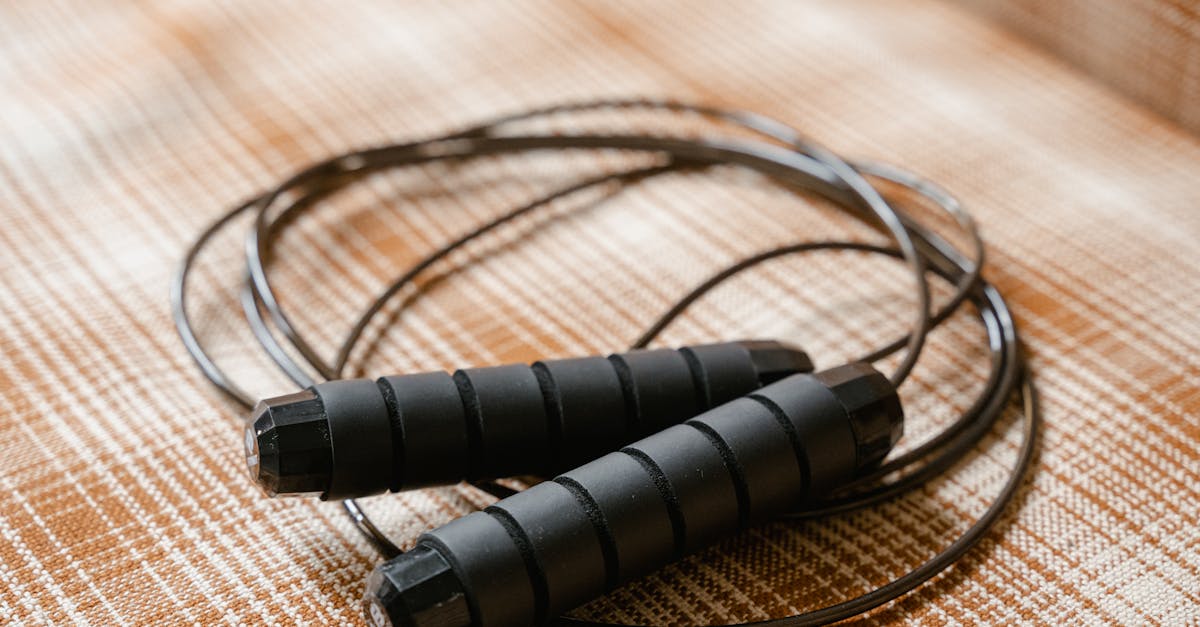
Managing Anxiety Through Practices
- September 30, 2024
- 5 min Read
- Views 892
Managing Anxiety Through Practices
Anxiety can be a debilitating condition, affecting individuals in various aspects of their lives. It manifests differently for everyone, which makes managing it a unique challenge. This article explores effective methods for managing anxiety through practices. Understanding and adopting these practices can significantly enhance one's mental well-being and reduce the overwhelming sensations that come with anxiety.
Understanding Anxiety
Anxiety disorders are among the most common mental health conditions. They can result from a combination of genetic, environmental, psychological, and developmental factors. Recognizing the symptoms, such as excessive worrying, restlessness, fatigue, concentration issues, irritability, and sleep disturbances, is the first step towards managing anxiety through practices. By identifying the triggers and patterns, one can adopt strategic approaches to manage anxiety.
Mindfulness and Meditation
One of the most effective ways of managing anxiety through practices is through mindfulness and meditation. Mindfulness involves staying present and fully engaging with the current moment without judgment. This practice helps reduce stress and anxiety by embedding us in the “here and now” rather than worrying about the past or future. Meditation, on the other hand, usually involves sitting quietly and focusing on the breath, a mantra, or guided imagery.
Studies have shown that both practices can reduce symptoms of anxiety. Daily meditation practices can reduce the body's stress response, lower blood pressure, and improve sleep quality. Mindfulness can be integrated into daily activities, transforming mundane tasks into a practice of calm awareness.
Cognitive Behavioral Therapy (CBT)
Cognitive Behavioral Therapy (CBT) is a well-researched and effective technique for managing anxiety through practices. CBT helps individuals identify and change negative thought patterns and behaviors. The practice involves recognizing and challenging irrational or distorted thoughts, and replacing them with more balanced and realistic ones.
CBT can be practiced individually or with a therapist. Techniques include journaling, cognitive restructuring, and exposure therapy. By altering negative thinking and behavior, CBT enables a person to reduce anxiety and cope with stress in healthier ways.
Exercise and Physical Activity
Regular physical activity is a powerful tool for managing anxiety through practices. Exercise helps to reduce stress hormones and stimulates the production of endorphins, which are natural mood elevators. Activities such as running, walking, swimming, or yoga can significantly improve mental health.
Engaging in at least 30 minutes of moderate exercise most days of the week can make a substantial difference in managing anxiety. Additionally, practices like yoga not only offer physical benefits but also include breath control and meditation, providing a holistic approach to anxiety management.
Guide to Managing Anxiety Through Practices
Step 1: Awareness and Acceptance
The first step towards managing anxiety through practices is self-awareness. Recognize that anxiety is a natural response to stress and that it's okay to feel anxious sometimes. Acceptance is key; fighting anxiety often exacerbates it.
Step 2: Develop a Mindfulness Routine
Integrate mindfulness into your daily routine. Start with short sessions of five to ten minutes. Gradually increase the duration as you become more comfortable. Find a quiet space, focus on your breath, and gently bring your attention back whenever it wanders.
Step 3: Practice Cognitive Restructuring
Use CBT techniques to challenge negative thoughts. Ask yourself if your thoughts are based on facts or assumptions. Identify cognitive distortions, such as catastrophizing or overgeneralization. Replace these thoughts with more balanced and constructive ideas.
Step 4: Engage in Regular Physical Activity
Choose physical activities that you enjoy and can commit to regularly. Whether it's joining a gym, taking dance classes, or going for a daily walk, consistency is essential. Even small amounts of physical activity can help reduce anxiety symptoms.
Step 5: Seek Professional Help
Sometimes managing anxiety on your own can be challenging. Don't hesitate to seek help from mental health professionals. Therapists, counselors, and support groups can provide additional tools and support for managing anxiety.
Frequently Asked Questions
What is the best practice for managing anxiety?
There is no one-size-fits-all answer, as the best practice for managing anxiety varies from person to person. Mindfulness meditation, CBT, and regular exercise are commonly effective practices. It's important to find what works best for you through trial and experience.
How long does it take to see results from anxiety management practices?
The time it takes to see results from anxiety management practices can vary. Some people may notice a difference within a few weeks, while for others, it may take longer. Consistency in practicing these methods is crucial for experiencing significant improvement.
Can diet affect anxiety levels?
Yes, diet can impact anxiety levels. Consuming a balanced diet rich in whole foods, lean proteins, fruits, and vegetables can help manage anxiety. Avoid excessive caffeine, sugar, and highly processed foods, as these can aggravate anxiety symptoms.
Is it possible to completely eliminate anxiety?
While it may not be realistic to completely eliminate anxiety, it is possible to manage and reduce its impact significantly. Through consistent and mindful practices, individuals can learn to handle anxiety more effectively, leading to a better quality of life.
Can anxiety management practices be done at home?
Yes, many anxiety management practices can be done at home. Mindfulness meditation, cognitive restructuring exercises, and physical activities like yoga or home workouts can be integrated into your daily routine without needing to leave your home.
Are there any side effects to practicing mindfulness and meditation?
There are generally no negative side effects to practicing mindfulness and meditation. However, some individuals may initially feel uncomfortable sitting quietly with their thoughts. It's important to start slowly and gradually build up the practice as you become more comfortable.
Tags
anxiety management, mindfulness, meditation, CBT, exercise, managing anxiety through practices, mental health, stress reduction
References
People Also View
-
1October 01, 2024
-
2October 09, 2024
-
3October 13, 2024
-
4October 09, 2024
-
5October 02, 2024
Categories
- Near Me 2147 Posts
- How To 548 Posts
- Where To 257 Posts
- Why 90 Posts
- How Much 97 Posts
- Travel 202 Posts
- Food And Drink 815 Posts
- Shopping 797 Posts
- Lifestyle 1050 Posts
- Automotive 364 Posts
- Digital Income 70 Posts








